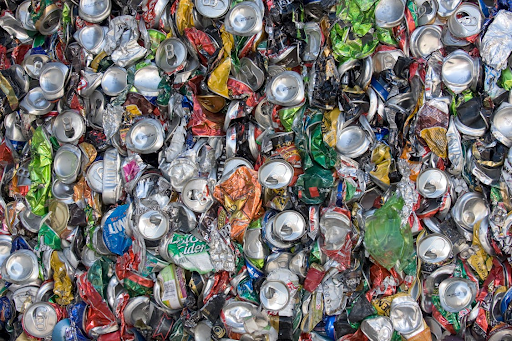Metal recycling plays a crucial role in modern manufacturing. It helps industries conserve natural resources and reduce waste. With growing environmental concerns, recycling metals has become more than a choice — it is a necessity. This process supports sustainable manufacturing and lowers production costs. More manufacturers are incorporating recycled metals into their production lines every year.
Common Metal Recycling Processes in Industry
Several techniques are used to recycle metals depending on their type and source. First, metals are collected from scrap yards, old vehicles, appliances, or manufacturing waste. Then, they are sorted to separate ferrous from non-ferrous metals. This sorting is crucial because different metals require different recycling methods.
The metals undergo shredding or crushing to reduce size, making them easier to melt. After that, smelting in furnaces melts the metal, allowing impurities to be removed. Finally, the molten metal is cast into shapes like bars or sheets for reuse. Some metals, like aluminum, require less energy to recycle due to their physical properties.
Benefits of Metal Recycling for Manufacturing Efficiency
Using recycled metals in manufacturing offers many advantages. It reduces the energy required to produce metal components. For example, recycling aluminum uses about 95% less energy than producing new aluminum from bauxite ore. This energy saving translates to cost reduction for manufacturers.
The metal recycling also improves supply chain reliability. They provide a steady source of raw materials, reducing dependence on volatile mining industries. Manufacturers can produce parts faster and with less environmental impact. The quality of recycled metals has also improved, making them suitable for high-precision applications.
Environmental Impact of Metal Recycling in Production
The environmental benefits of recycling metal are significant. Recycling lowers greenhouse gas emissions compared to mining and refining virgin ores. It decreases landfill use by diverting scrap metal from waste streams. This process conserves natural habitats and reduces water pollution.
Moreover, metal recycling supports circular economy goals by keeping materials in active use. It reduces the carbon footprint of manufacturing industries. As companies face increasing pressure to meet sustainability targets, metal recycling becomes a key part of their environmental strategy.
Challenges in Metal Recycling and How Manufacturing Adapts
Despite its benefits, metal recycling faces challenges. Contamination in scrap metals can affect the quality of recycled output. Sorting mixed metal waste requires advanced technology and skilled labor. Some metals are harder to recycle efficiently due to alloy complexity.
Manufacturers have adapted by investing in better recycling equipment and processes. They work closely with recycling suppliers to ensure quality standards. Advances in sensor technology and automation have improved sorting accuracy. These efforts help maintain the integrity of recycled metals in production.
Future Trends in Metal Recycling Affecting Manufacturing
The future of metal recycling looks promising as innovations continue to emerge. Automation and artificial intelligence are playing bigger roles in sorting and processing scrap. New methods for recycling rare and complex metal alloys are under development.
Manufacturers are also exploring closed-loop recycling systems. These systems reuse metal waste generated during production within the same facility. This reduces material loss and improves efficiency. Governments and industries are likely to enforce stricter recycling regulations, pushing more companies to adopt recycled metals.
Conclusion
Metal recycling is no longer just an environmental practice. It has become an essential part of manufacturing operations worldwide. By reusing metals, industries save energy, reduce costs, and lessen environmental harm. Although challenges exist, ongoing advancements make recycling more efficient and reliable.
